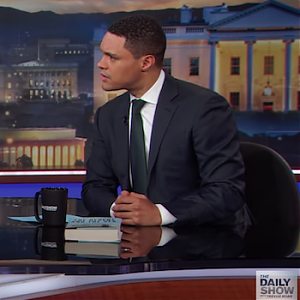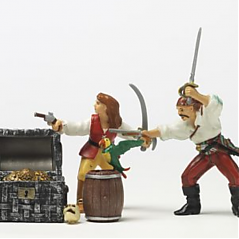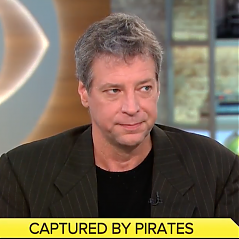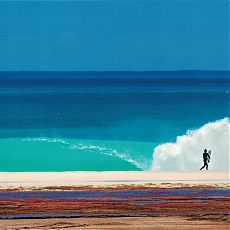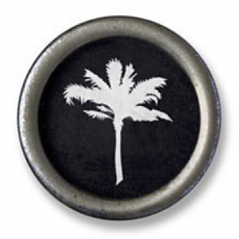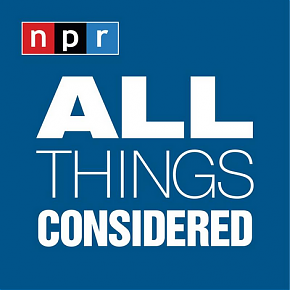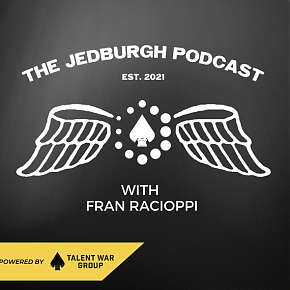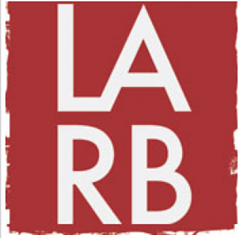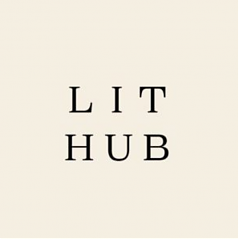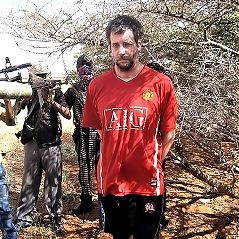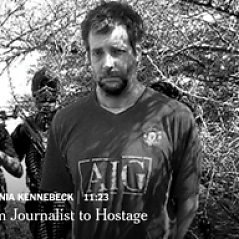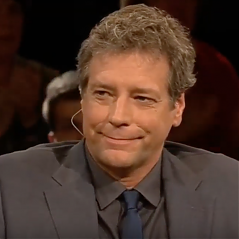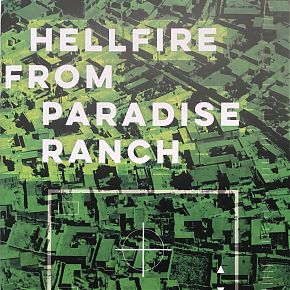Bethlehem’s Unofficial ‘Banksy Tour’
Odd local lore in the West Bank
December 2008
Israel’s security barrier in the West Bank has started to resemble the western side of the Berlin Wall. The Israeli side is bleak and clean, but on the Palestinian side graffiti flourishes. I knew the British painter Banksy had tagged the wall a few years ago, but I had no idea where his stencils were. At first I didn’t care — I was just here to see Bethlehem — but my taxi passed a stencil I’d seen in news reports, a dove wearing a bulletproof vest. So I snapped a picture.
My driver got excited. “You like Banksy?” he said. “You want a tour? I can show you all the pictures.”
I’d stumbled on one of Bethlehem’s new tourist attractions: the unofficial Banksy tour. In the year since he tagged buildings around Bethlehem — and the three years or so since he painted famous trompe l’oeil stencils of holes in the massive wall around the West Bank — Banksy’s images have become part of the landscape. They even help bring a little money into Bethlehem’s tourist economy, which was crushed when Israel built the security wall in 2002. Israel argues that the wall has stopped suicide bombings, which have largely been replaced by regular missiles from Gaza. But Palestinians say their livelihood has been squeezed, and now “Banksy tours” are a moneymaking venture for some taxi drivers.
Ahmed was lean, close to fifty years old, with a crevassed face and a thin salt-and-pepper mustache. He said he’d helped drive “colors” across the border — paints — for Banksy when he and a few other artists mounted a project to stencil wall surfaces and buildings around Bethlehem late last year.
“The people on our side like his pictures,” he said, “because they can see what he mean” — and because the artist raised money last Christmas for Palestinian kids through a temporary gallery called “Santa’s Ghetto” on Bethlehem’s Manger Square.
“Except for two pictures,” Ahmed went on. “Two they washed away. Because they didn’t know what it meant. One was a donkey being checked by an Israeli soldier for passport. They didn’t know if that meant donkeys also should have papers. They thought this is no good for the Palestinian people, so they clean it off.”
In fact, last year a story went over the news wires that locals had painted over the donkey mural because they had felt offended. Irony doesn’t always translate into Arabic, and instead of a jab at the Israeli regime of border controls, Palestinians worried it was a joke against them. “We’re humans here, not donkeys,” restaurant owner Nasri Canavati had told a Reuters reporter. “This is insulting. I’m glad it was painted over.”
The punch line is that a BBC correspondent has been riding a donkey across the Holy Land this month, following the route taken by Mary and Joseph according to the Gospel of Luke. He had to replace his animal after Israeli soldiers at a West Bank checkpoint refused to let it through. “They informed us,” reported the correspondent, Aleem Maqbool, “that our donkey did not have the correct paperwork.”
‘The Angel’
The unofficial Banksy tour has no set itinerary, and no set script. A total of twelve images went up around Bethlehem last year; Ahmed showed me four.
One was a painting of two donkeys bearing cities on their backs, by two artists who had worked with Banksy, Sam 3 and Erica il Cane (“Eric the Dog”). There was also the armored peace dove, which we saw first, and a now-famous image of a girl patting down an Israeli soldier. “The meaning of this picture,” said Ahmed, “is that kids stop the soldiers and take their guns. So if you’re strong today, not all the time you’re strong.”
Sometimes his explanations were trenchant; sometimes they were bizarre. Well outside the town we stopped in front of a huge stencil of the “Flower Chucker,” one of Banksy’s best-known images, on the side of a building that was being demolished. It showed a masked Palestinian hurling a colorful bouquet of flowers. Ahmed said locals had agitated to keep the one wall intact because this image is the best-loved Banksy stencil in Bethlehem. It reminded locals of a bronze angel on a church nearby, he said, at Shepherd’s Field. In fact, they called this stencil “The Angel.”
“They understand what Banksy is saying,” Ahmed said, “because this picture is also in front of the church.”
“What, the same picture?”
“The same, yes.”
“What church?”
“I can show you.”
We drove to a small church outside the village of Beit Sahour, in Shepherd’s Field. It’s one of two rival locations where a host of angels is said to have sung to shepherds on the occasion of Jesus’ birth. It’s therefore a destination for pilgrimages and Catholic bus tours. An angel cast in bronze over the church entrance, with its arms raised in a certain posture, seems to have reminded locals — or at least local taxi drivers — of the Flower Chucker.
Ahmed insisted that Banksy knew about this statue and was quoting it in the “Flower Chucker” painting, and because of this connection to local art and lore, the concrete wall had been saved.
But the statue and painting looked nothing alike.
“Do people really call that Banksy picture ‘The Angel’?” I asked.
“Is that really the title?”
“Yes. It’s a picture of this angel.”
“But it’s not an angel.”
I wanted him to admit that it was a picture of a Palestinian militant. I also wanted to suggest that a picture of a militant throwing a bouquet of flowers was so absurd it worked as an ironic comment on violence in the West Bank.
Ahmed shrugged. “I don’t know. People just like the picture.”
On our way back toward Bethlehem we passed the towering security wall. Ahmed waved dismissively at the jumble of graffiti. “Kids,” he said.
So Banksy’s stencils have taken up residence in the West Bank, and the people revere him as an artist — but on their terms, not his. Arab culture is not ironic, and his humor can be confusing. But even rough stencils and splatters of paint are better than a plain ugly wall. On the Israeli side, the only bit of color to relieve the unrelenting concrete at the crossing was a monumental work of propaganda, a banner rich with unintended irony, since no one in the West Bank sees the security barrier as anything but a prison wall.
“Peace Be With You,” it says in three languages. “Israel Ministry of Tourism.”
Michael Scott Moore
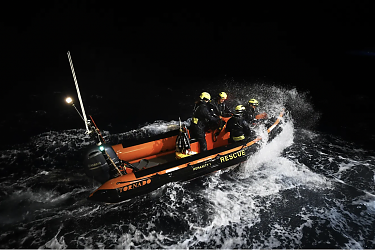
Rafts of the Medusa
Why every day on the Mediterranean is a new scandal for Europe. For both Foreign Policy and Die Zeit.
California’s Attempt at Land Reparations
How land seized from a Black family 100 years ago may be returned. The Bruce’s Beach story from a hometown angle, for The New Yorker
Day of the Oprichnik, 16 Years Later
The novelist Sorokin, the president Putin, his man Dugin, and the war in Ukraine. For n + 1.
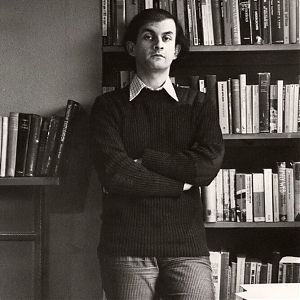
The Rushdie Narrative
Knife and the crumbling ground beneath free speech
There Must Be Some Way Out of Here
An essay on Bob Dylan, “All Along the Watchtower,” and Somali pirate captivity.
That Mystic Shit
The life of Lou Reed in two biographies
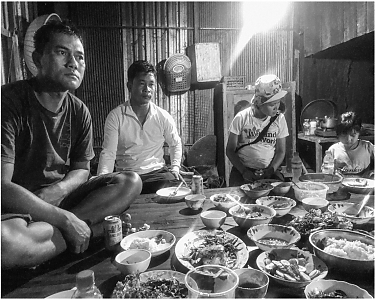
Cambodian Seafarers Talk About Pirates
Mike visits Cambodia for The New Yorker to talk about a harrowing shared experience in Somalia
The Muslim Burial
Cambodian hostages remember digging a grave for one of their own. A sequel chapter to The Desert and the Sea
The Real Pirates of the Caribbean
Adventure journalism in Southern California. A travel essay for The Paris Review.
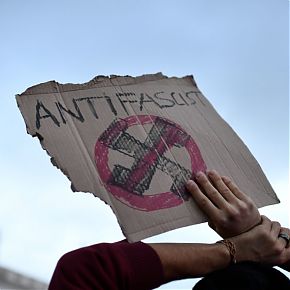
Antifa Dust
An essay on anti-fascism in Europe and the U.S., for the Los Angeles Review of Books
Was Hitler a Man of the Left?
A book that helped Republicans in America lose their damn minds.
Ghosts of Dresden
The Allied firebombing of Dresden in 1945 destroyed the baroque center of what Pfc. Kurt Vonnegut called, in a letter home from Germany, “possibly the world’s most beautiful city.”
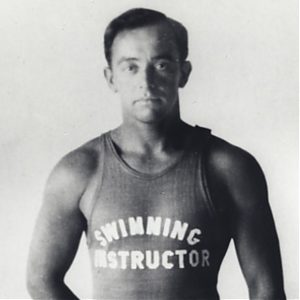
George Freeth, Biographed
The first academic treatment of America’s surf pioneer. Also, was Freeth gay?
It’s Called Soccer
Americans live on what amounts to an enormous island, defended on two shores by the sea, and we’ve evolved a few marsupial traditions that nobody else understands.
Tilting at Turbines (in the Severn River)
The morning was clear and cold, with frost on the church steeple and the cemetery grass. I had a quick English breakfast at a white-cloth table, in my wetsuit, and drove to Newnham, a village on the Severn River in Gloucestershire, parking near the White Hart Inn.
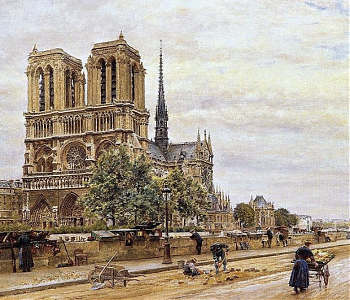
The Curse of El Rojo
I’d packed the car lightly — a bag of clothes, a bag of cassette tapes, a backpack of books, a few essential tools.












